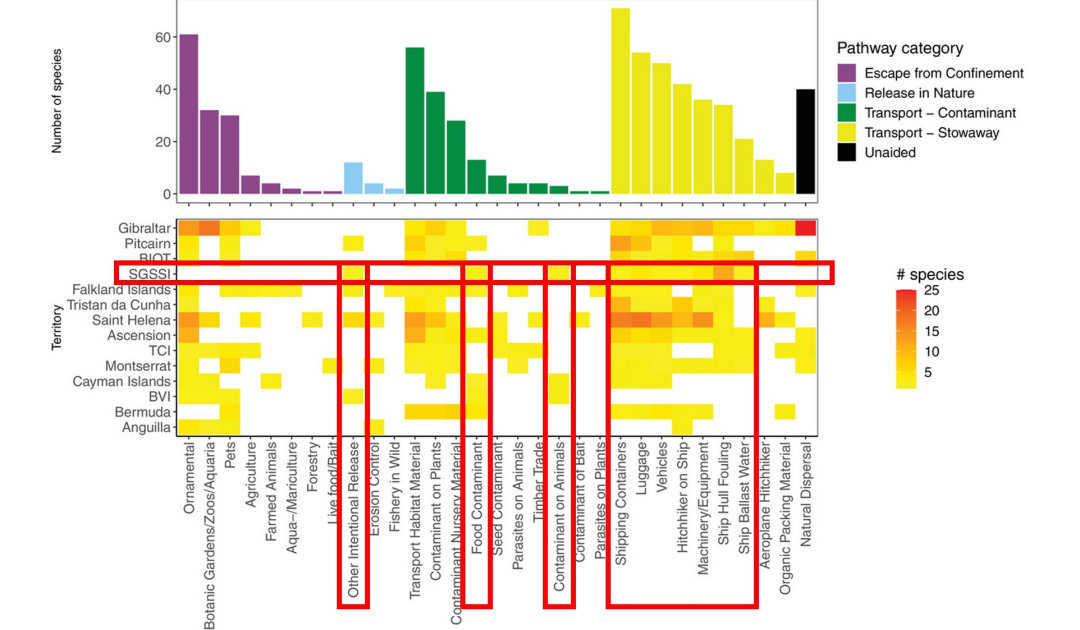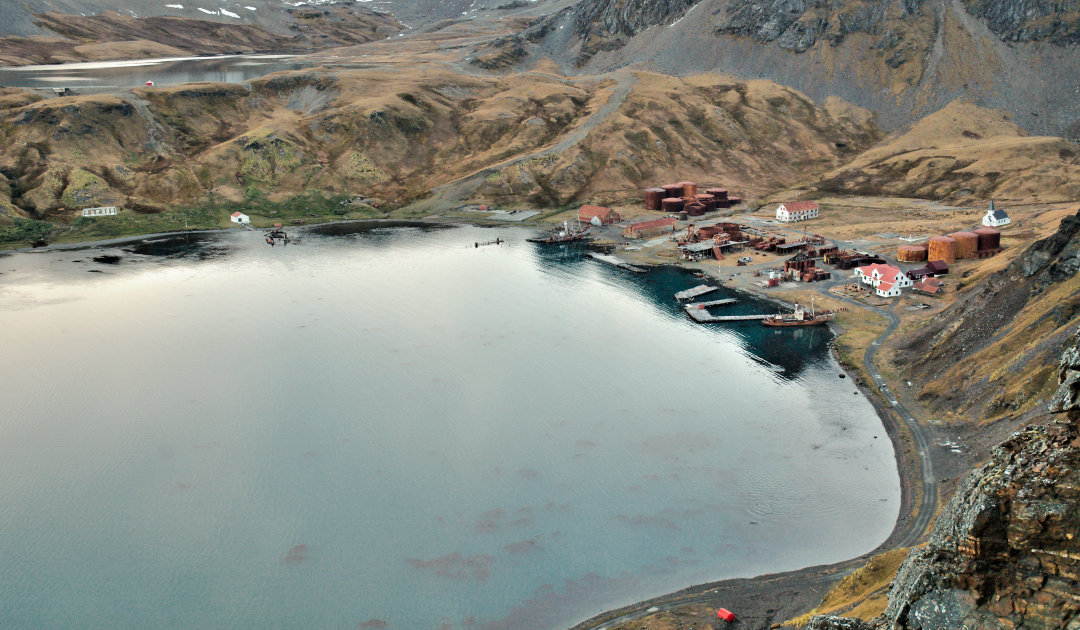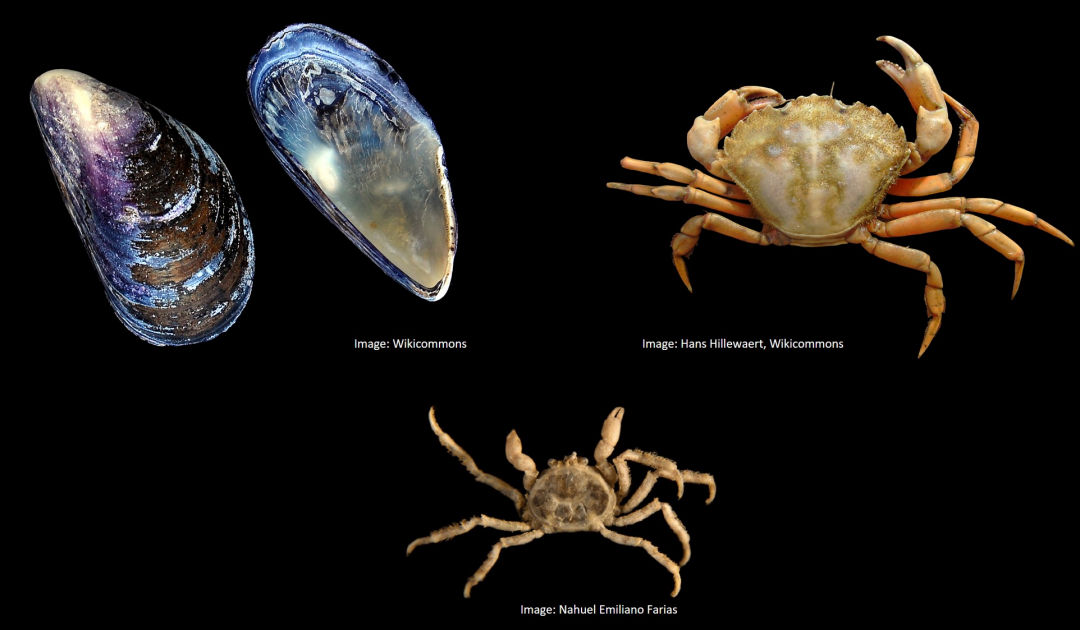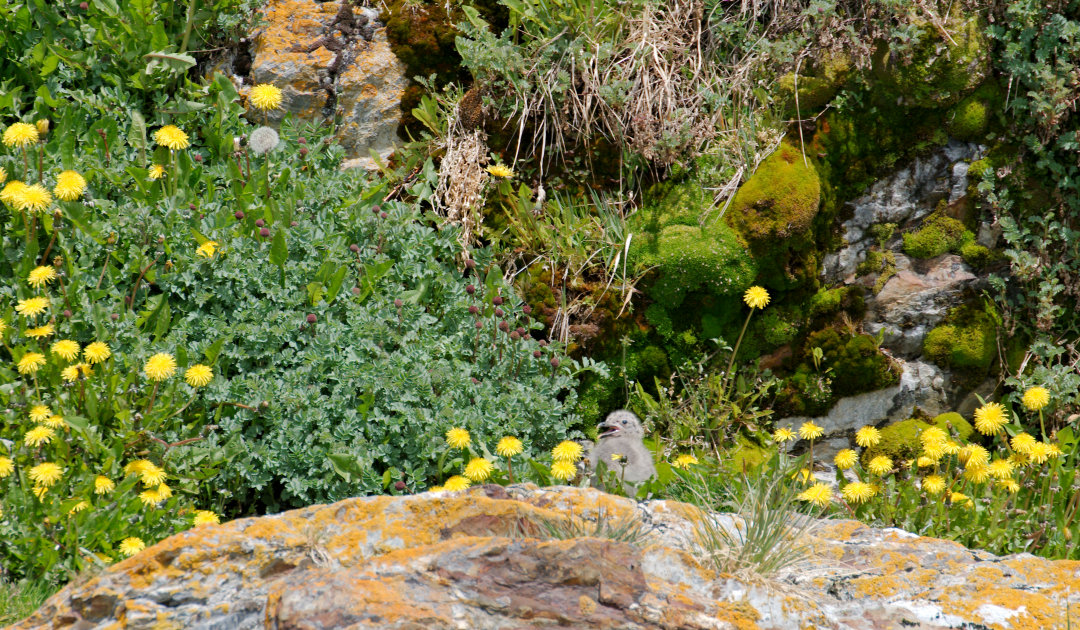
South Georgia is certainly one of the most species-rich places in the Antarctic region. The British overseas territory in the middle of the Southern Ocean fascinates both on land and under water with an enormous variety of different animals and plants, some of which can only be found here. However, the diversity of this natural paradise is threatened by the immigration of invasive species. After massive efforts had been made to remove species such as rats, mice and reindeer from the island again, a recent study has now identified a new threat situation for biodiversity.
Ship hulls, baggage and containers, and other pathways associated with marine transport provide opportunities for some 20 identified species to invade South Georgia. Among these, it is primarily marine species that pose the greatest threat to the sub-Antarctic island. That’s the finding of a study on potential invasive species in British overseas territories, led by Professor Helen Roy of the UK Centre for Ecology and Hydrology UKCEH and Durham University, and recently published in the journal Conservation Letters.


British Overseas Territories such as the Caribbean Islands, St. Helena, the Falkland Islands, and indeed South Georgia and the South Sandwich Islands (SGSSI) are considered to be highly biodiverse habitats with a wide range of endemic species. The work investigated the potential invasive species into these areas, identifying which species pose a particularly high risk and how they are potentially introduced. To do this, first author Dr. Wayne Watson of Durham University used what’s called a horizon scan, which involves interviewing experts and citing the literature accordingly. “It allows rapid assessment and ranking of the ability of invasive species to establish, become established and cause impacts,” the team writes in their paper. In doing so, they considered, on the one hand, the period of the next ten years and, on the other hand, not only the impacts on biodiversity and ecosystems, but also those on human health and the economy of the area in question.


The study evaluated a total of fourteen overseas areas identified 231 organisms as high-risk species that could emerge in one or more areas in the next decade. For South Georgia, the study listed 20 species, including the Norway rat and house mouse, which have already been removed from the island. But the study saw the largest share of potential invaders among marine organisms. The study listed a total of 12 species, such as various mussel species, crabs and tunicates, as high-risk species that could negatively impact biodiversity in the area’s waters in the future. The main mode of transport here is ship hull according to the study team. Since many ships pass through numerous waters during their voyages, and thus a wide variety of organisms can attach themselves to the hulls, especially when they are in the somewhat tougher larval stage, they are effortlessly towed to new areas such as the very waters of South Georgia. If the environmental conditions are right, these species can then spread relatively unchecked due to a lack of predators and displace the previous species.
That this has already happened in other Antarctic regions, such as the Antarctic Peninsula, is shown by previous studies. Countries such as Australia and New Zealand have already reacted and now only allow ships to enter their waters if they can provide proof of extensive hull cleaning. Whether this will one day also be a mandatory measure for all ships to the Antarctic will probably become clear in the next few years.
Dr Michael Wenger, PolarJournal
Link to the study: Watson et al. (2023) Conserv Let Epub Horizon scanning for potential invasive non-native species across the United Kingdom Overseas Territories;
More on the topic





